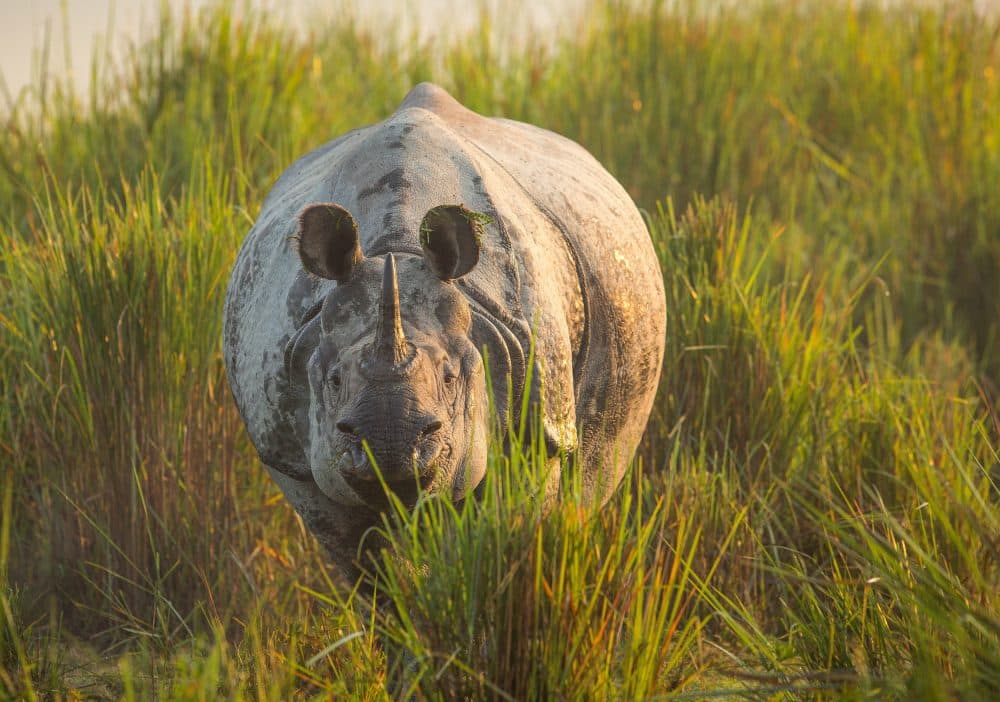Advertisement
In Return To Television, Iconic 'Planet Earth' Series Gets Even Closer To Nature

The series "Planet Earth II" — a follow-up to "Planet Earth," which was released a decade ago — took more than three years to complete, and visits 40 countries to present a stunning look at the planet we call home. New filming technologies give an even clearer, closer look at wildlife and landscapes in some of the most remote places on Earth.
Here & Now's Jeremy Hobson talks with Justin Anderson (@justinfanderson), a producer for "Planet Earth II," about what it was like filming the new series, which airs Saturdays on BBC America through March 25.
Note: This BBC interview can be heard in the Here & Now podcast or with the WBUR app.
This article was originally published on February 22, 2017.
This segment aired on February 22, 2017. The audio for this segment is not available.

